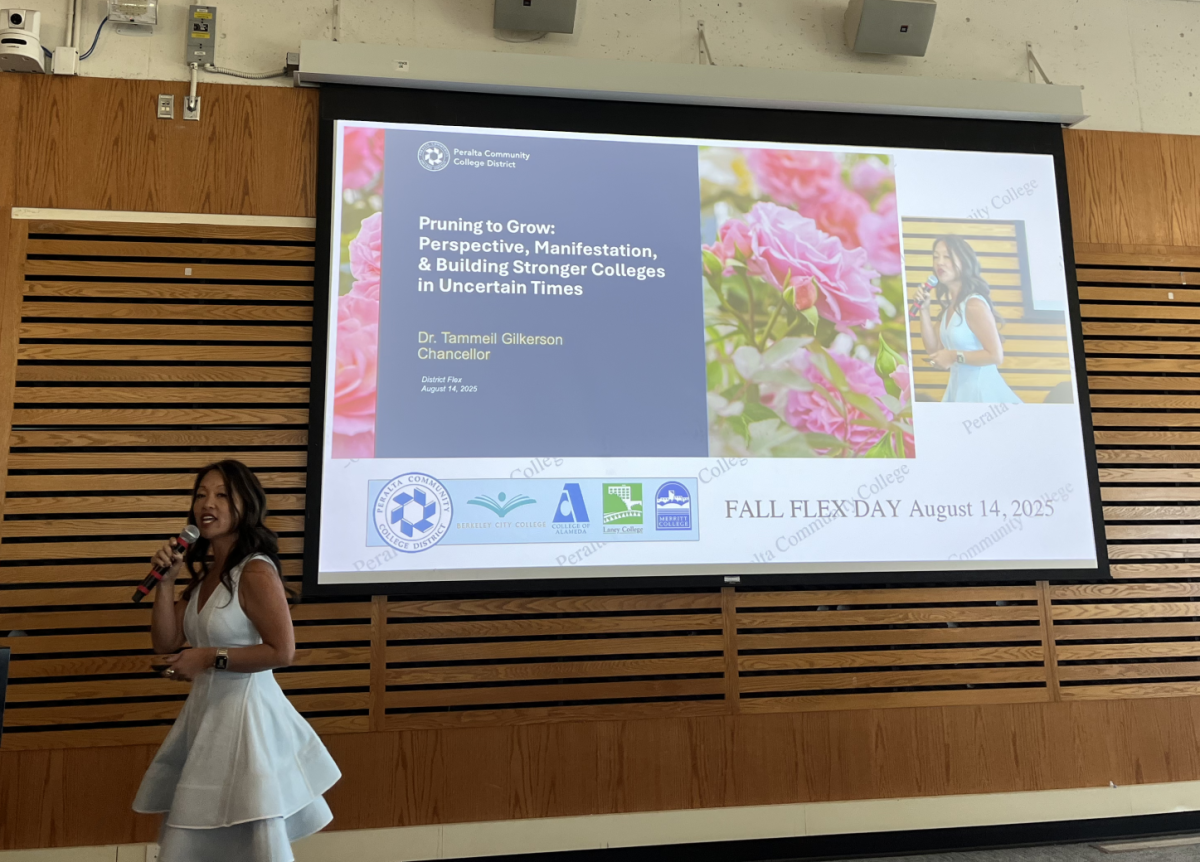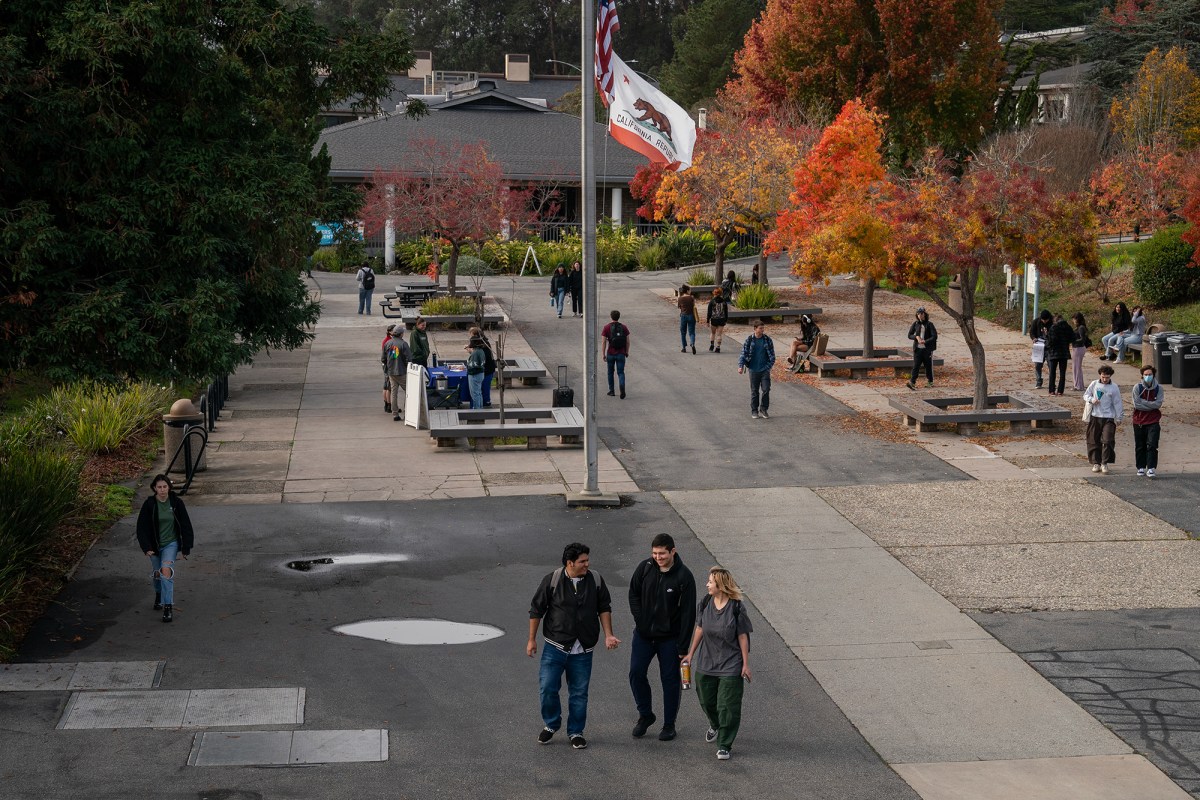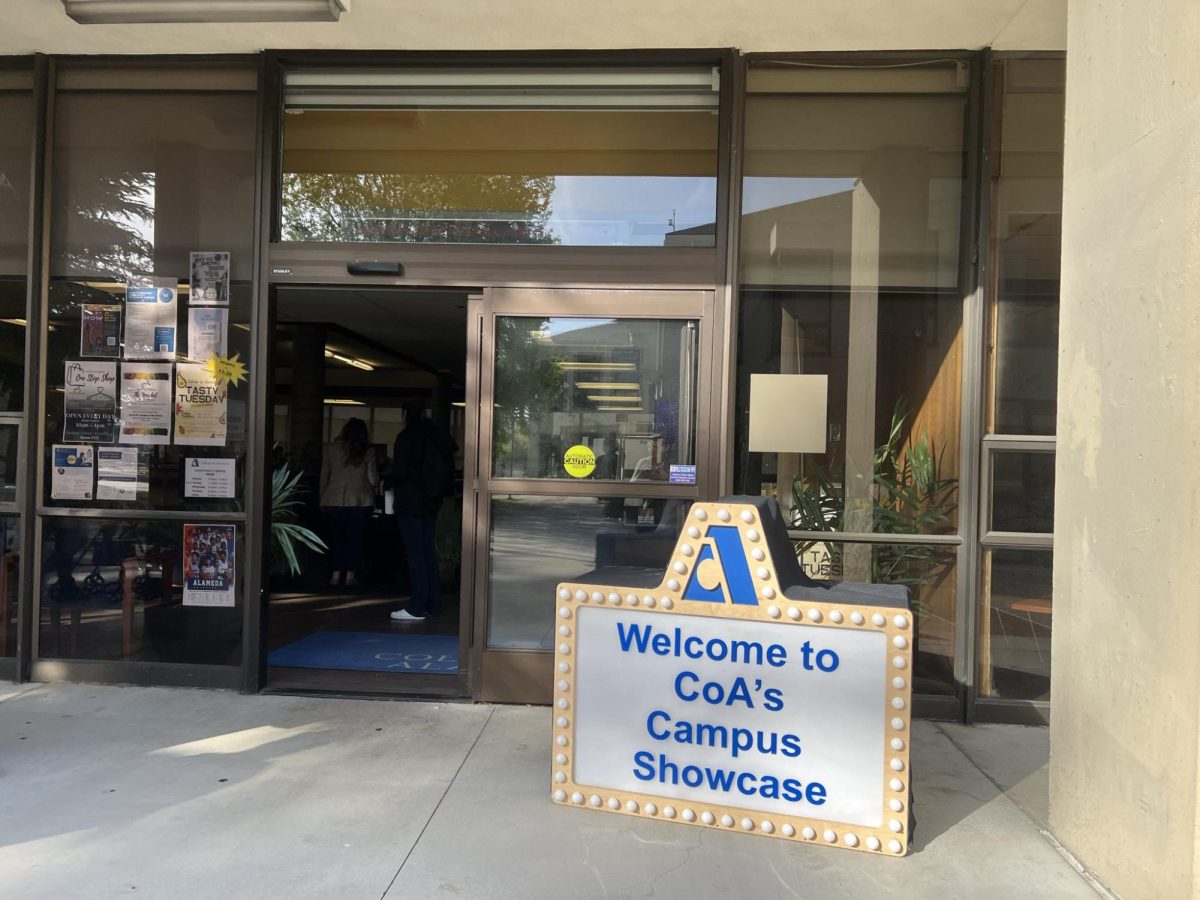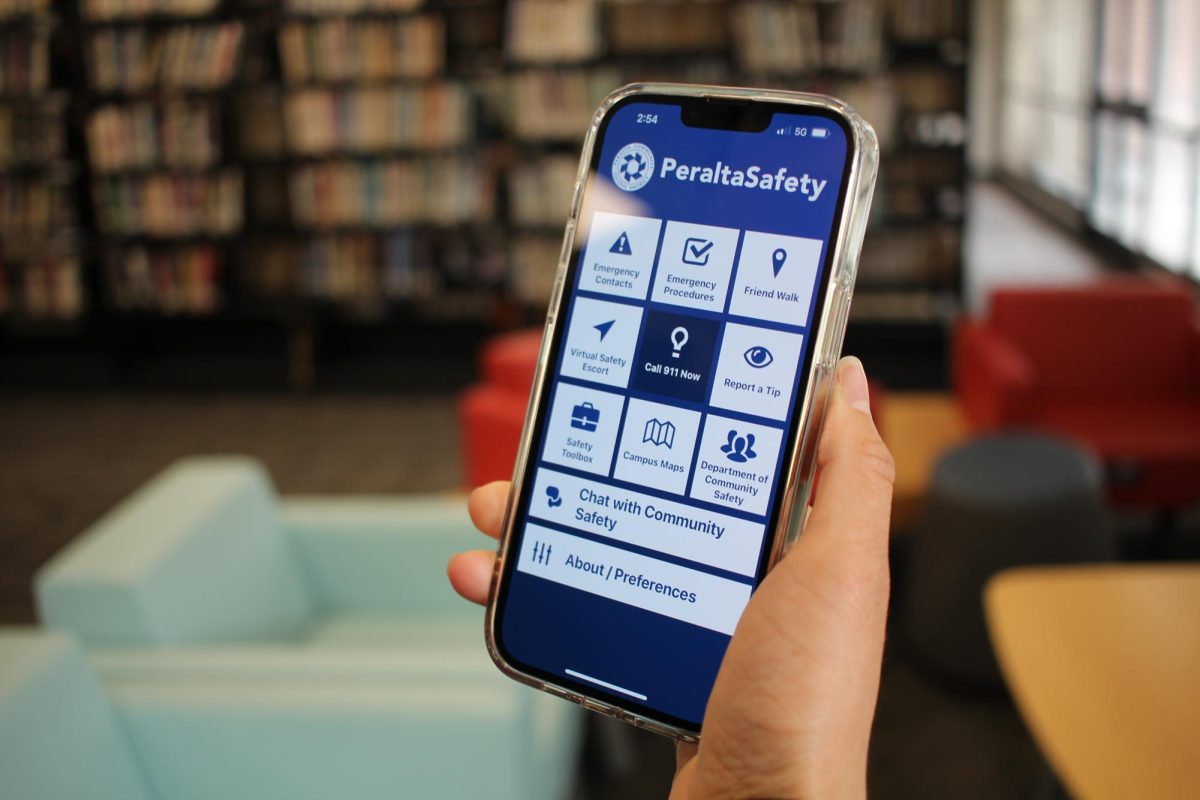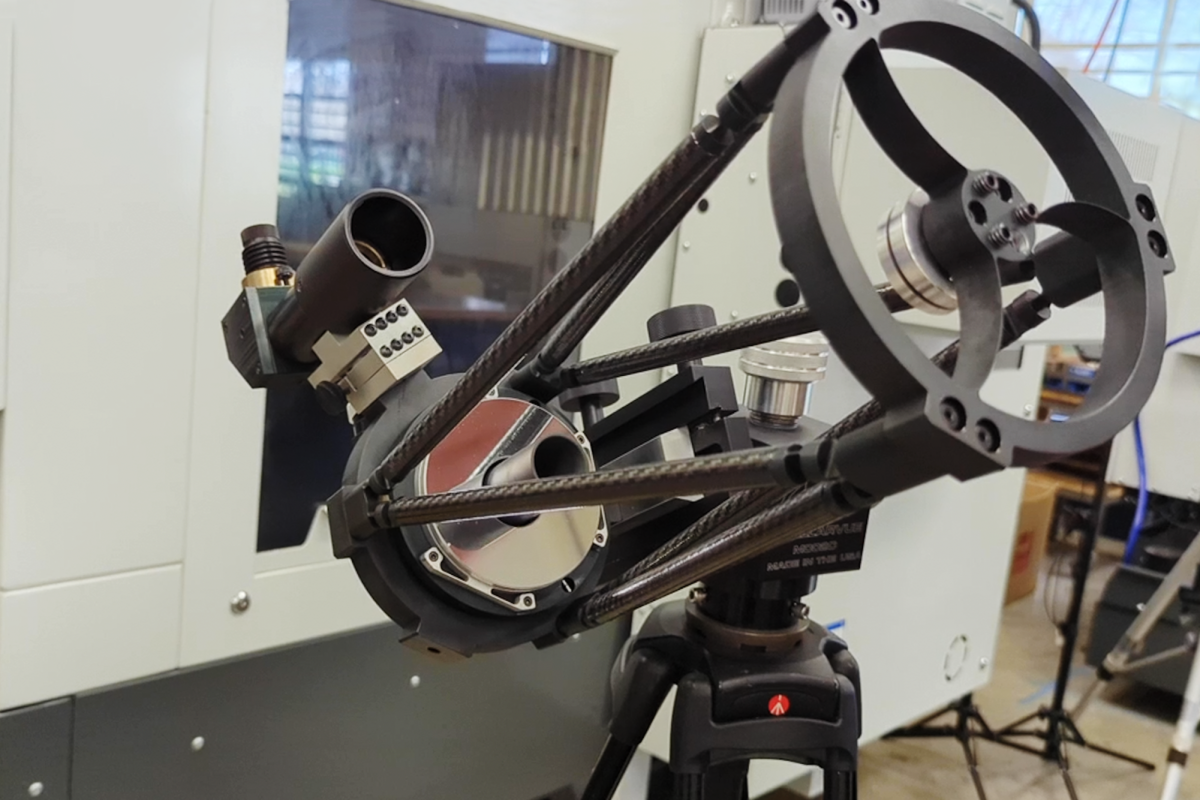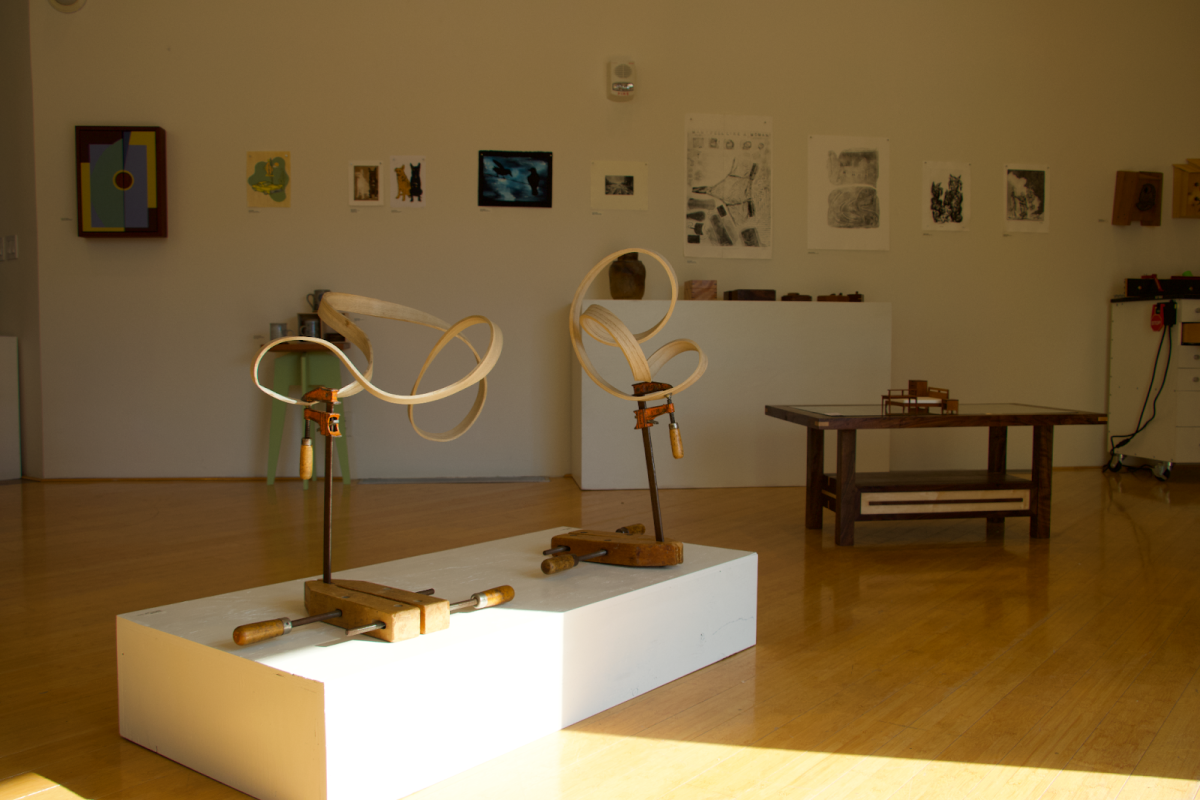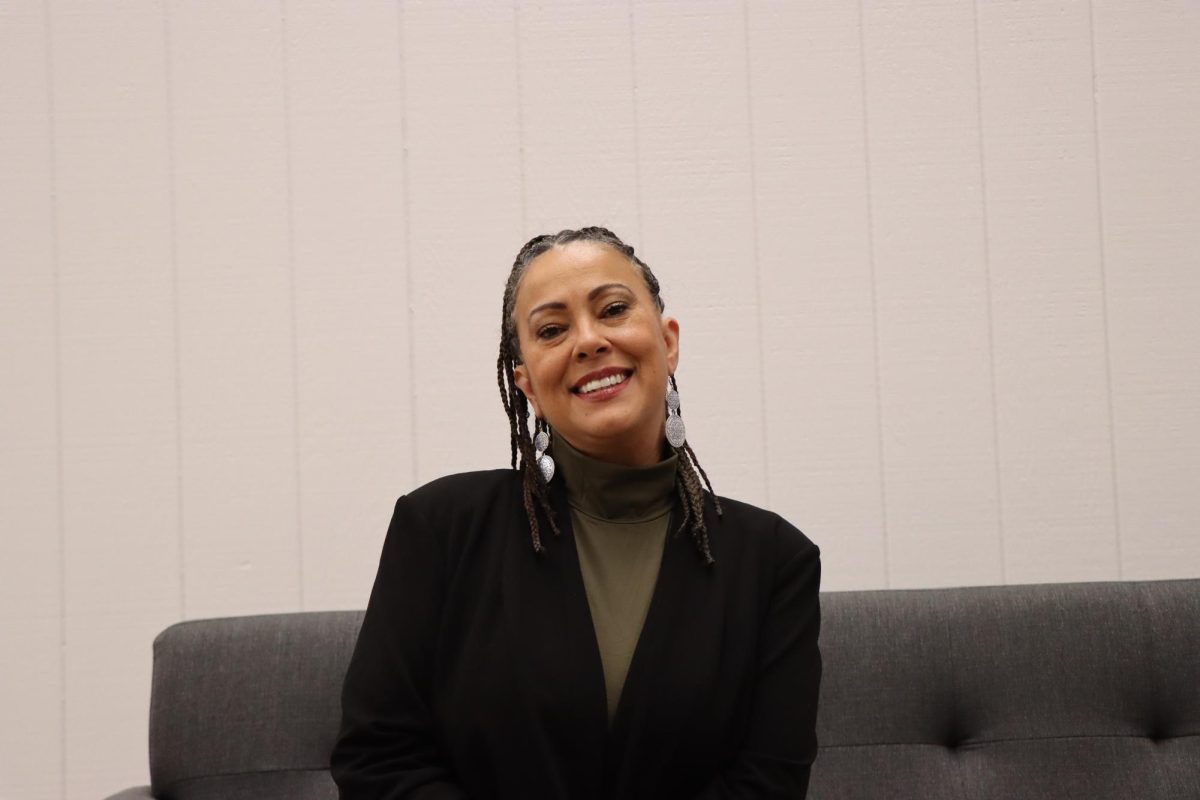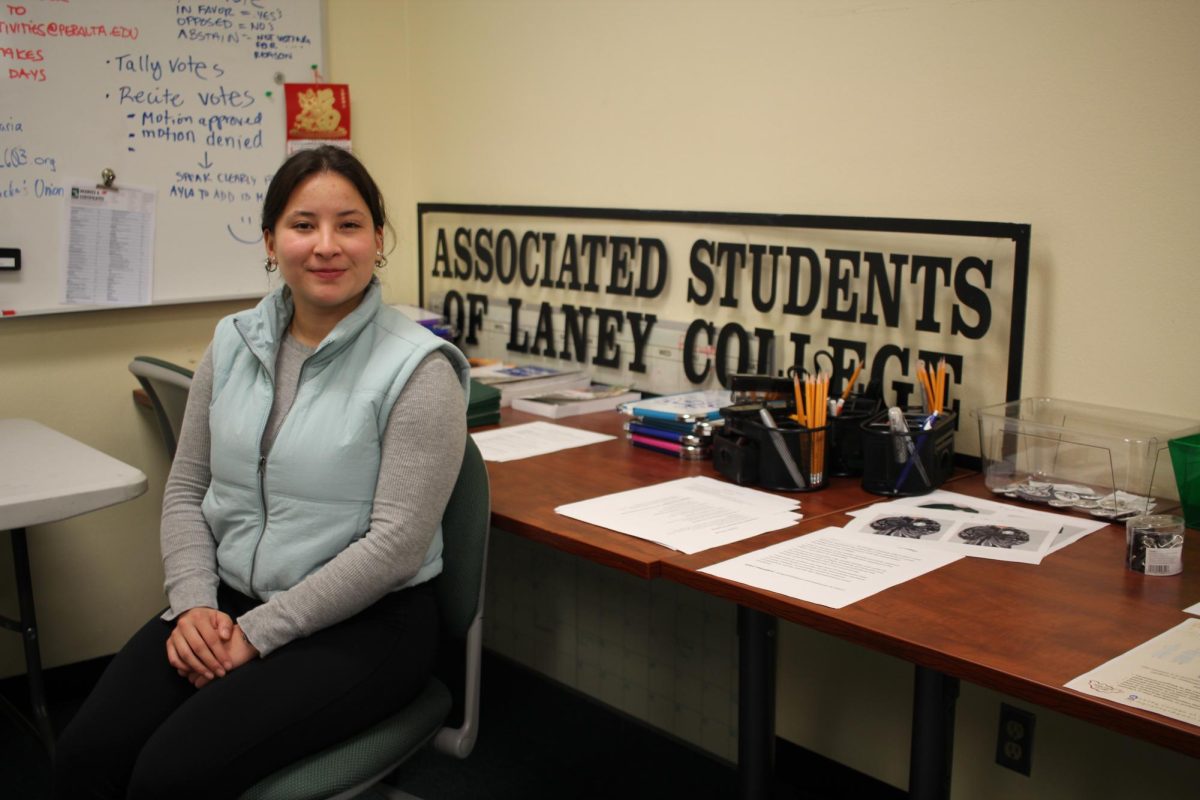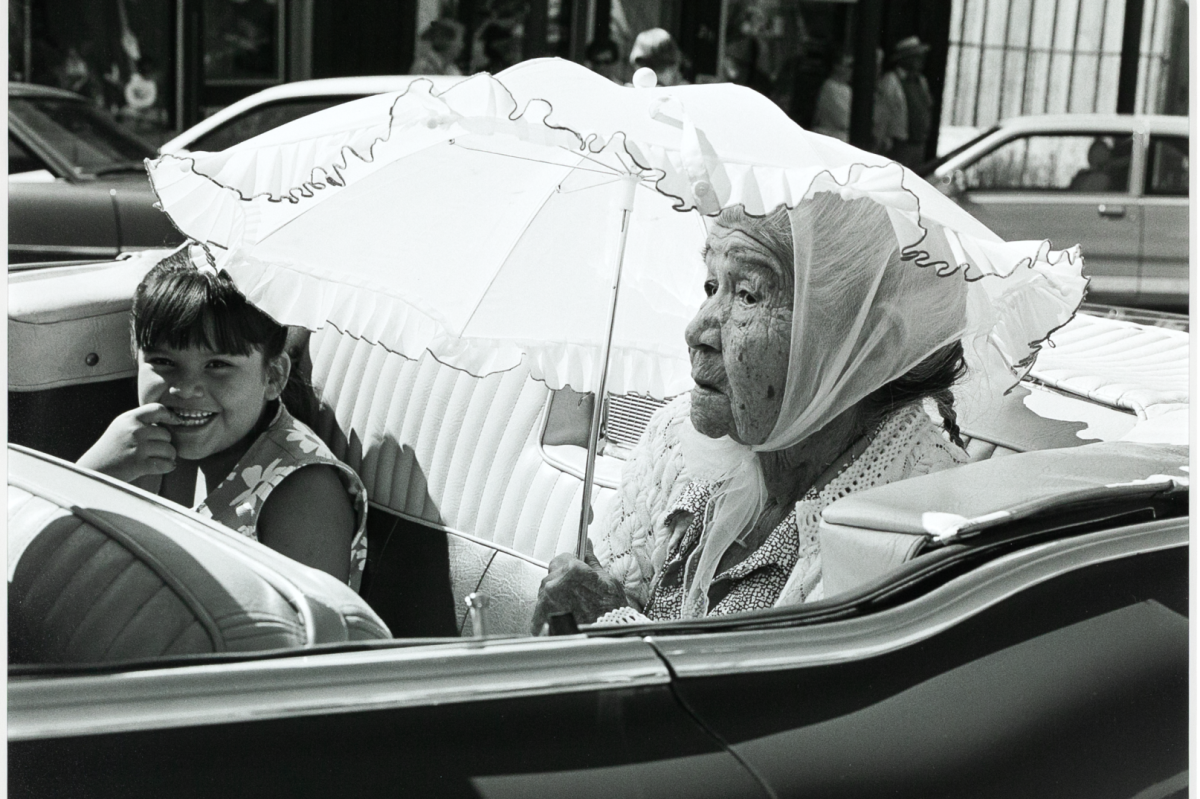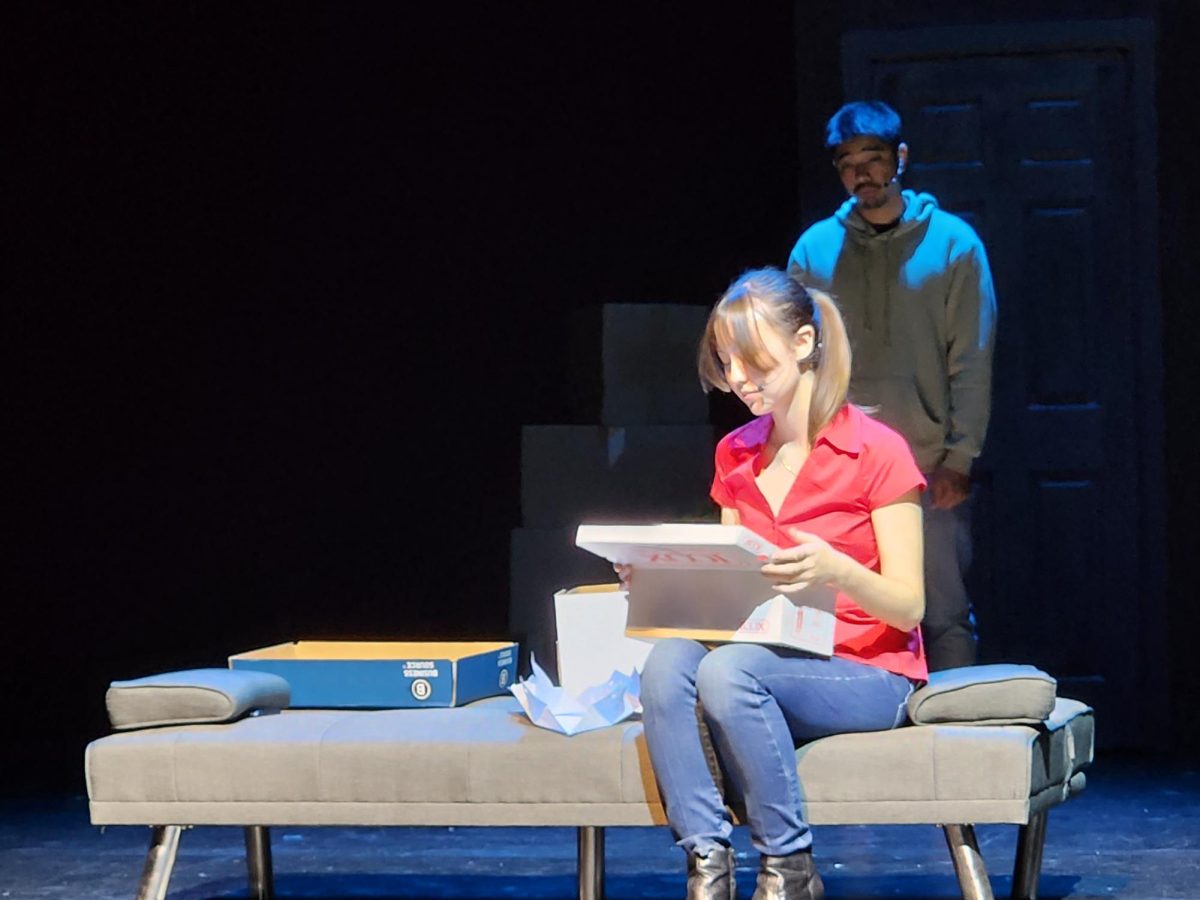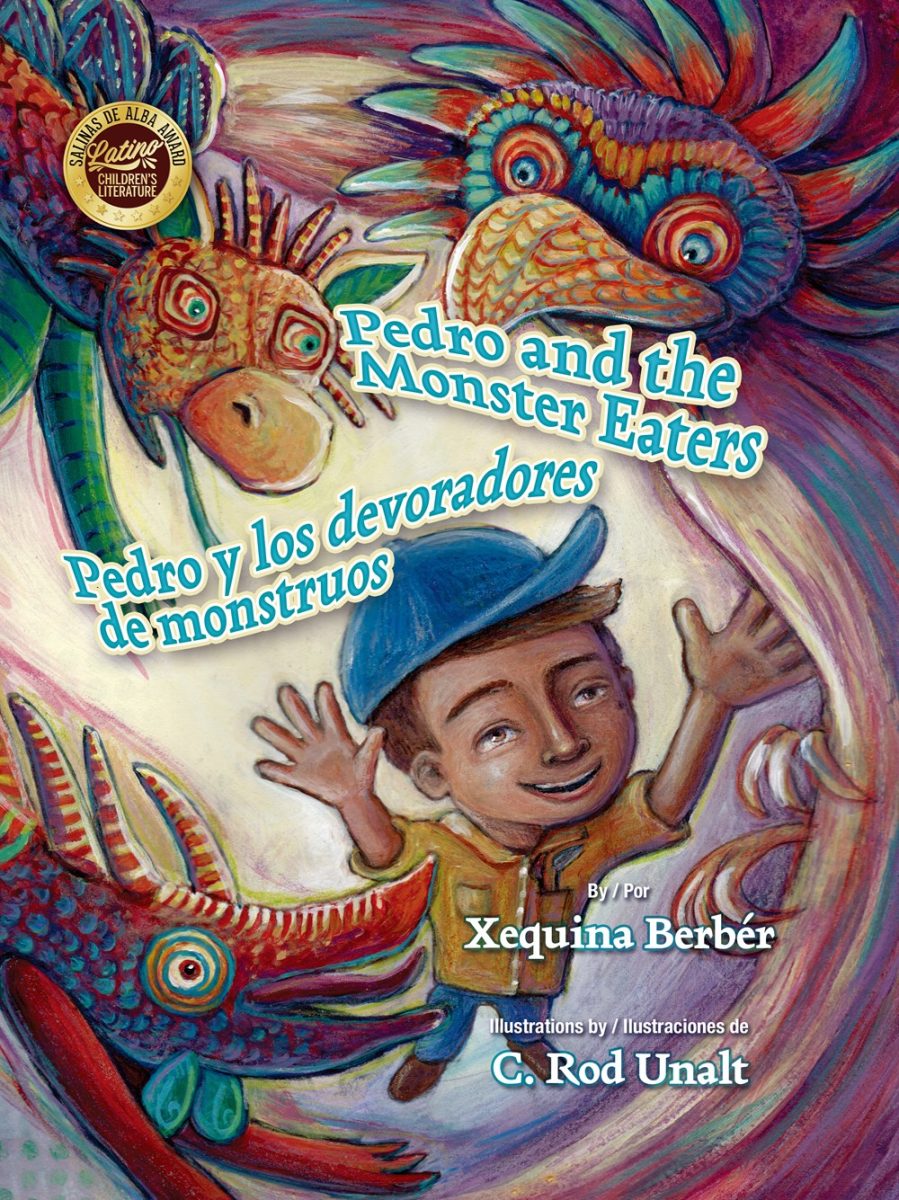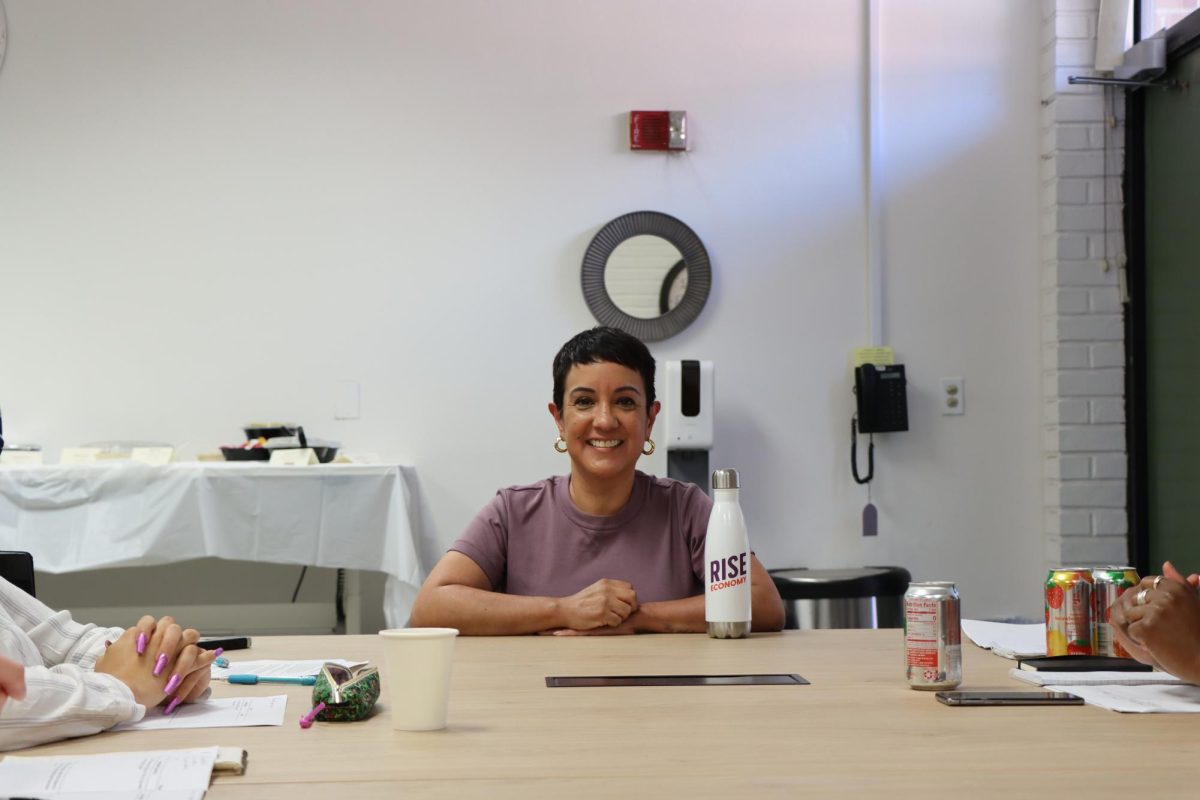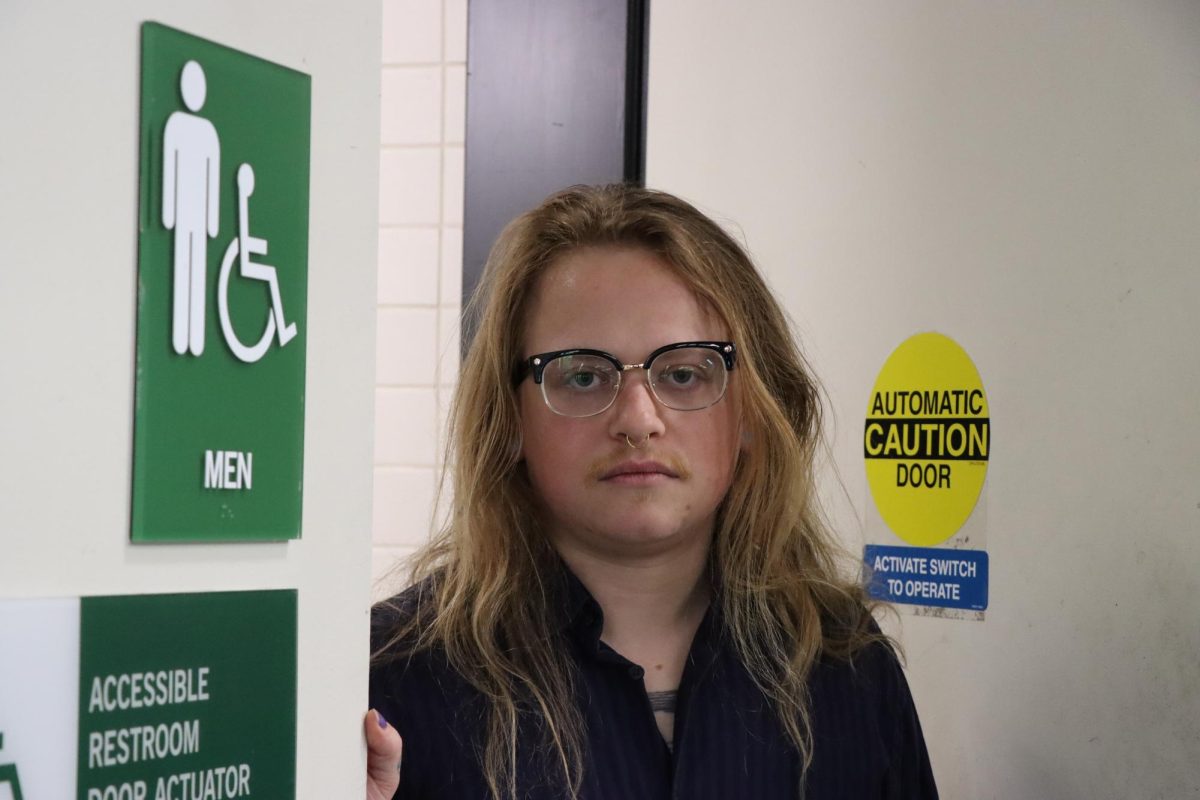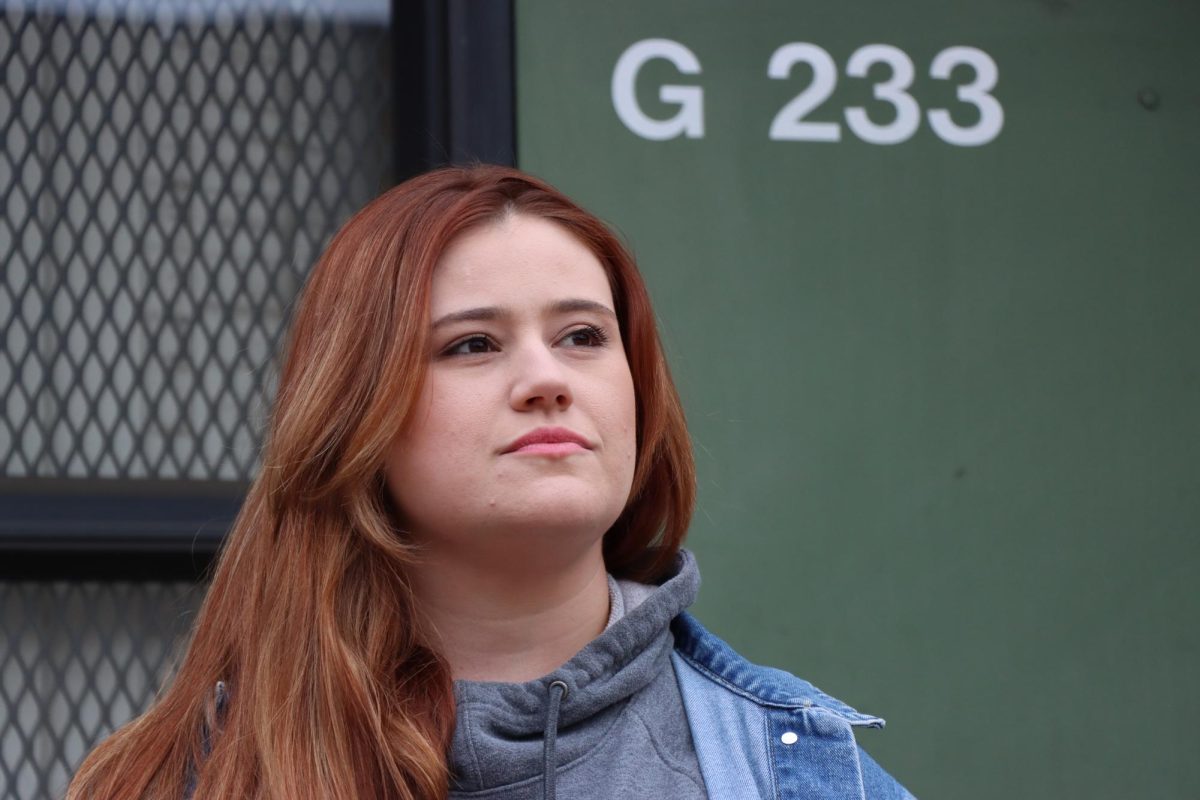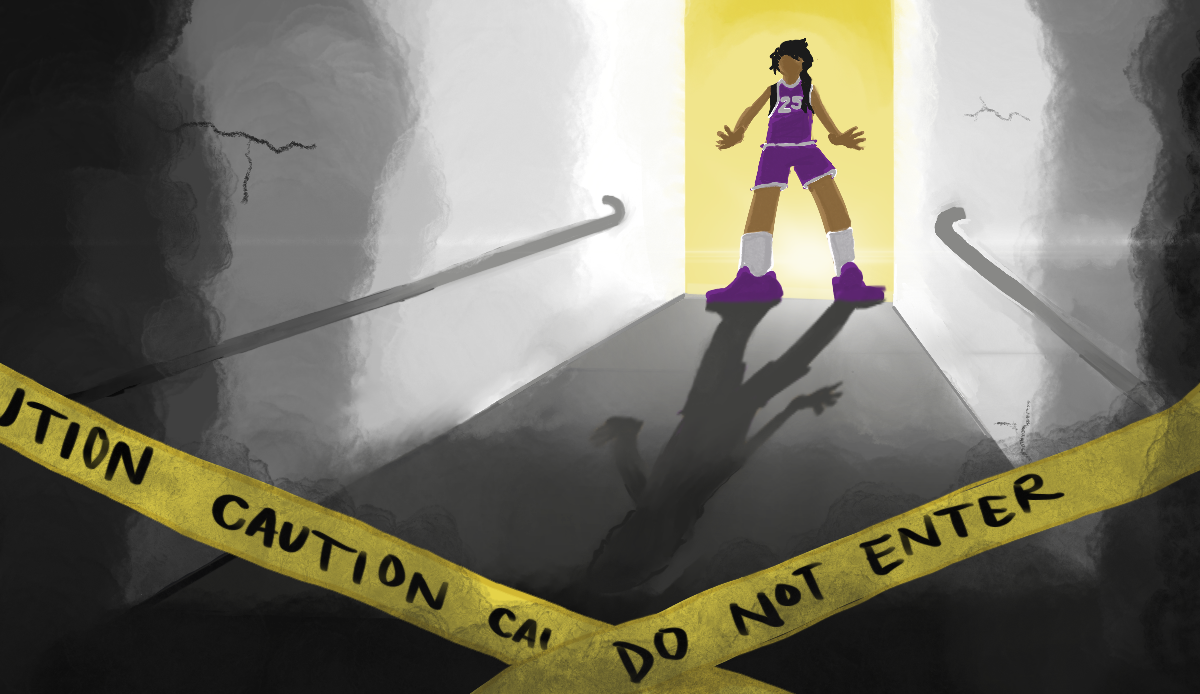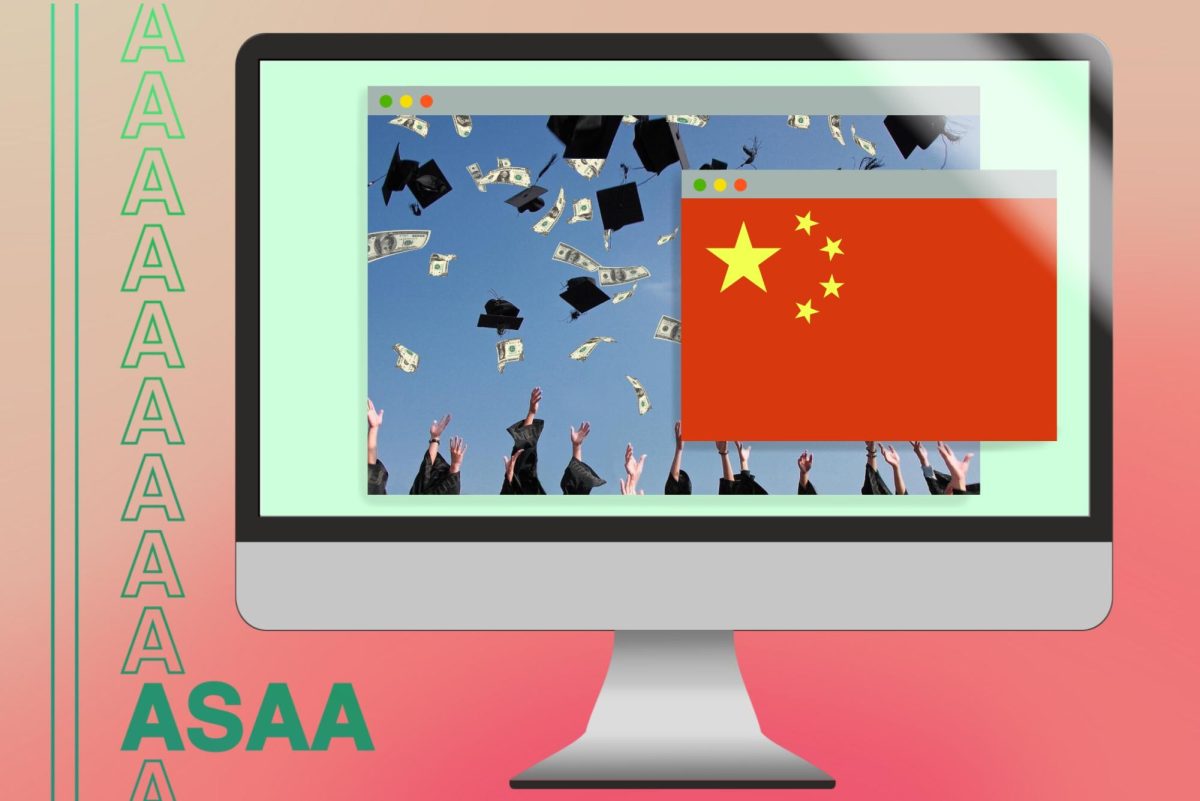KOREA DAY AT THE SAN FRANCISCO ASIAN ART MUSEUM
A large and enthusiastic crowd at San Francisco’s Asian Art Museum joined in celebration for the Eighth Annual Korea Day on Sept. 25.
The Asian Art Museum is the first Western museum to have a department dedicated exclusively to Korean art. After eight years of putting on Korea Day, the museum continues to draw more and more people to the celebration.
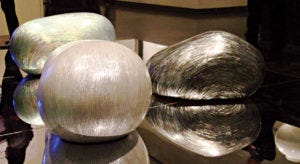
There were many families of different ethnicities at the museum. There were Korean Americans and Korean nationals in attendance, but also a diverse group of people interested in Korean art and culture.
The day was filled with all things Korean: a “K-Pop Lounge” played Korean pop music (K-Pop) and an assortment of different music all day.
The lounge was set up to test people’s knowledge of the Korean pop music scene. Many K-Pop songs have found international success, with devoted fans all over the world.
For those with more traditional tastes, the Wooden Fish Ensemble performed live for visitors. The performance included modern and classical music with traditional instruments.
Performers wore Korean clothing called “hanbok”. It was the world premiere of a work based on “A Meadow”, a poem by Czeslaw Milosz. The concert hall was standing room only.
Before the concert, Asian Art Museum storytellers entertained museumgoers, especially families with children, with Korean myths and folktales.
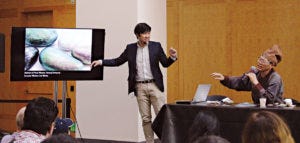
On the second floor, two long tables were set up for people to make Korean-style art. Children used a variety of art supplies spread out all over the tables, such as papier-mâché sculptures, pens, pencils, and differently colored and gilded paper. Art Speak High School interns led visitors and inspired young artists to create their own art.
Hands-on activities were based on the techniques of mother-of-pearl lacquerware that is so definitive of Korean art.
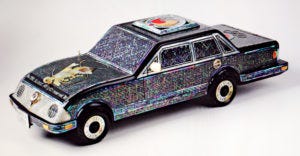
This year, the Koret and the Korean Foundations helped make a rare presentation of mother-of-pearl lacquerware from Korea possible. Making Korean lacquerware is a multi-faceted and time-consuming process, so the museum put on this presentation to explain how it is done.
The well-attended presentation featured Hwang Samyong and Lee Ikjong, with translator Calvin Chang.
Samyong and Ikjong are two famous lacquerware artists whose pieces are on display at the Asian Art Museum. They were dressed in tall hats and simple kimonos of muted earthy colors.
They were both in America for the first time to show their art, and this was an opportunity to educate and demonstrate their remarkable art form.
After their presentation, both artists said that they want to come back to the U.S., especially San Francisco, and might even bring their families.
Their work is on display at the museum now, and is achingly beautiful, especially the pebbles and an enormous mural created with threads of ocean shell. Both men work at least 70 hours a week, making art at the Wabu Workshop in Seoul, Korea. Ikjong started there in 1970 and Samyong in 1976.
Ikjong said that he came from a poor family, and when he was 14 years old he told his father he wanted to focus his studies on creating art.
His family gave him their blessings from the start, and it has paid off for him, not only with steady earnings but with recognition from his peers. He’s been creating art for 40 years and plans to continue.
“The process has been passed down generation to generation for thousands of years,” Samyong said, referring to this technique that dates back to 1392 during the Joseon dynasty (1392–1921). Samyong said that most of the sculptures take 450–600 hours to make, from beginning to end.
Shells that the lacquerware are made from come from different species of shellfish from different parts of the world.
First, Samyong takes photos of pebbles at the beach. Then he blows the picture up again and again until it is large enough to re-create a form out of fiberglass.
He then makes very thin threads out of mother-of-pearl shells, and layers the threads on top of the form, over and over, until the entire fiberglass sculpture is covered. The result is a shimmering rock of luminous colors and dazzling hues.
The sculptures, three on a mirrored surface that fronts an enormous mural made of shell threads, are captivating and transcendent.
The feeling of being in the same room gives one a chance to rise above our mundane lives into a world of brilliance and beauty.
Other exhibits include standing furniture of lacquered wood with inlaid mother of pearl, intricately painted cabinets, Buddhist statuary, countless snuff bottles of wild design and colors, tapestries and hangings. Some of the collection is modern, some dates back 2000 years.
“I’ve always wondered about mother-of-pearl and how [the artists] did it, so that was really cool,” Stan Rappaport, a museum visitor, said. “Those pebbles were spectacular! It was interesting to see that process and I didn’t realize an artist could do so much with it.”
The long and laborious art form represents Korean aesthetic sensibilities of beauty, patience, and perseverance. This exhibit builds another connection between Korea and the rest of the world.
ASIAN ART MUSEUM
200 Larkin St, San Francisco
Open 10 a.m. to 5 p.m. every day
Open late until 9 p.m. on Thursday
Adults $20; $25 on weekends
$5 off with student ID
IMMERSING VISITORS IN SOUNDS AND TEXTURES
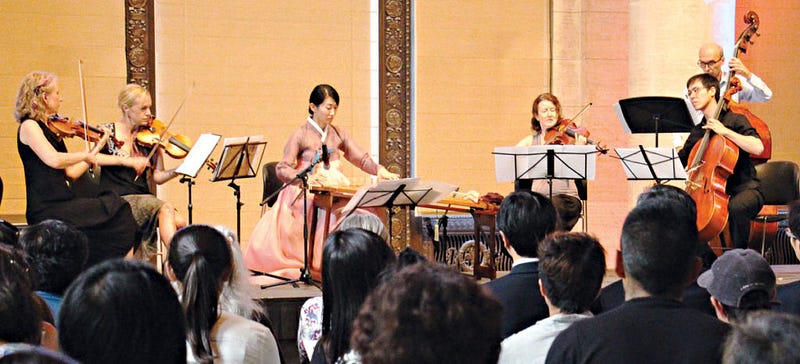
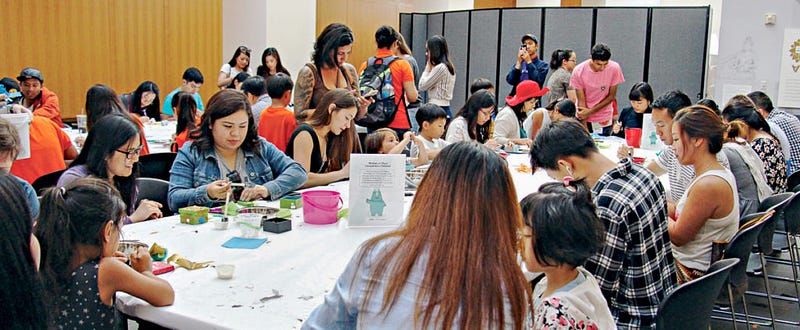

ART FROM THE HEART OF KOREA
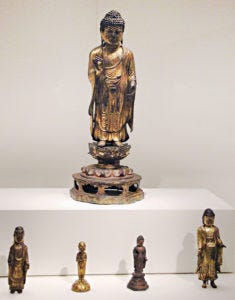
A gilt bronze standing Buddha from the 8th century (left) and an 11th century ewer with a lotus-shaped lid from the Goryeo dynasty (right) mark two of Korea’s unique contributions to the Asian Art Museum.
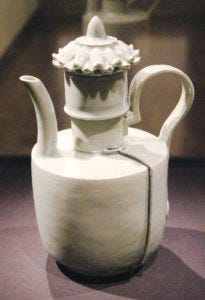
The ewer, part of the museum’s ceramics collection, served as a piece of stoneware and sports a celadon glaze. The museum features classical and modern art from many Asian countries in many mediums, from ceramics to tapestries to sculpture.
WORKS FROM KOREA, CHINA, AND BEYOND
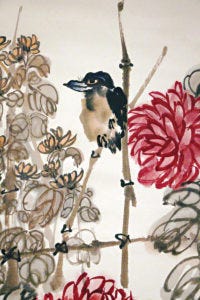

“Longevity Chrysanthemums” is a contemporary scroll in the tradition of Chinese brushwork. Chinese artist Fan Zhaoling’s composition and bold colors were inspired by Pablo Picasso. Zhaoling’s career started with her parents’ support and continued while she raised eight children and ran the family business. She painted this in 1974 while studying in Carmel, California.

